Telescope-Cameras-QHY QHY5III585C v2 Color CMOS Planetary & Guide Camera
$232.67 Original price was: $232.67.$104.70Current price is: $104.70.
Discover the QHY5III585C v2 Color CMOS Camera—perfect for capturing stunning planetary images. Order yours today!
68 in stock
Check Out This Powerful QHY5III585 Color Astrophotography Camera!
If you’re looking for a high performance camera for planetary imaging, lunar imaging, or guiding, look no further than this QHY5III585C! This color camera is seen as an upgrade to the QHY5III485C, offering 1.8x the dynamic range and more than 3x the full well capacity. With its high sensitivity to incoming photons, you can expect stunning images of celestial objects like Jupiter, Mars, and more! This small camera has a minimal footprint, weighs just 90 grams (0.198 lbs.), and easily connects to your telescope with its 1.25” interface, making it perfect for just about any setup. Coming standard with a wide range of useful features and accessories, you’re well equipped for successful imaging sessions night after night.
Housing the Sony IMX585 sensor, this QHY5III585C offers 8.4 mega-pixels of resolution, a 90% peak quantum efficiency, and high sensitivity in the near-infrared. This, in addition to the high dynamic range, delivers images brimming with vivid color and sharp contrast. The QHY5III585C also includes numerous electronic innovations, such as a large capacity memory buffer, an electronic shutter, and a status LED indicator light to help elevate your nights under the stars. But that’s not all! In addition to these built-in electronics, QHY has fitted this package with all of the necessities to help you get out and imaging in no time. Whether you’re a plenary enthusiast, looking to take colorful images of our Moon, or simply in need of a high performance guide camera, this QHY5III585C is a must have!
This QHY5III585C Is Engineered for Excellence!
As a member of the QHY 5III series, this QHY5III585C is loaded with numerous useful upgrades. Not only can you rely on the powerful performance of the Sony IMX585 sensor, but you can also reap the benefits of the internal electronics, universal ports, and the host of included accessories. Take a look below as we dive deeper into the features of this QHY camera!
Sony IMX585 Color Starvis II Sensor
Utilizing the Sony Starvis II IMX585 sensor, one of the latest generation of sensors, the photodiode portion of the pixel well is physically deeper. This means longer wavelengths are allowed to penetrate deeper into the substrate, making this camera more sensitive to near-infrared (NIR) light, and therefore more ideal for planetary/lunar imaging! Another aspect that makes this camera great for this type of astrophotography is the fast frame rates of 41.5 FPS at 8 bit and 23.4 FPS at 16 bit. This ensures you’re capturing moments of the best seeing conditions for crystal clear images. This sensor features a 2.9μm x 2.9μm pixel size and a total of 8.4 megapixels, making it wonderful for resolving Jupiter’s cloud bands, Saturn’s rings, lunar detail, and more. Also, the high quantum efficiency paired with the read noise of 0.77e- to 8e- allows for a high signal-to-noise ratio.
Electronics Highlights
Making image transfer much quicker and more reliable, this QHY5II585C comes equipped with a 512MB DDR3 memory buffer. This addition is crucial when it comes to fast frame-rate imaging, as a large amount of data must be read in a short amount of time. Instead of housing a mechanical shutter, this camera includes an electronic rolling shutter. This shutter type offers a much faster shutter speed than a mechanical shutter, which is key for capturing moments of ideal seeing conditions. On the back of this camera, you’ll find a multi-colored LED indicator. This indicator will light up in times of abnormal statuses, presenting different colors that signify different conditions of the camera. This is a great help for troubleshooting any issues that may arise. Under normal operating conditions, this light will remain off.
Power and Ports
As a QHY5III V2 camera, this QHY5III585C includes a USB 3.2 Gen 1 type-C interface. This type of USB is much more reliable than the previously used USB type-B interface, as it features a longer life and improved flexibility. This port offers both a supply power and data transfer, meaning there is no need to fumble with additional cables to power your camera. To get you started, QHY has included a superior-grade USB-C cable within the package to ensure the best possible performance. Also found in this QHY5II585C is an ST-4 port, making it easy to directly connect your telescope mount for ST-4 guiding.
Loads of Inclusions
Preparing you for successful imaging out of the box, QHY has included numerous essentials within this package! For one, all of the necessary cables come included: a USB-C 3.0 cable and an ST-4 guiding cable. As stated above, this USB-C cable is of impressive quality to ensure your frames transfer quickly and reliably. Also found within the box is a 1.25” to C mount adapter, and a CS to C mount adapter. These two adapters make it easy to connect your C mount lenses for increased imaging opportunities. This package also comes standard with three filters, a UV/IR-Cut front window, an IR850nm filter for NIR imaging, and an AR+AR glass that allows all wavelengths through. If you’d like to add your own filters, easily do so with the 1.25” threads found at the front of this camera. Finally, a focus locking ring and thumb screw aid in securing your focus in place.
what our customer say this product:
| 5 star | 100 | 100% |
| 4 star | 0% | |
| 3 star | 0% | |
| 2 star | 0% | |
| 1 star | 0% |
Only logged in customers who have purchased this product may leave a review.


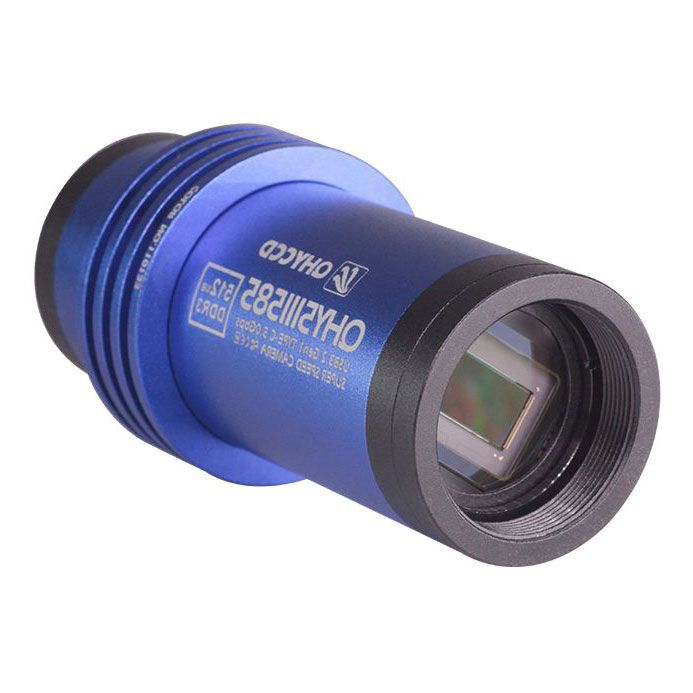
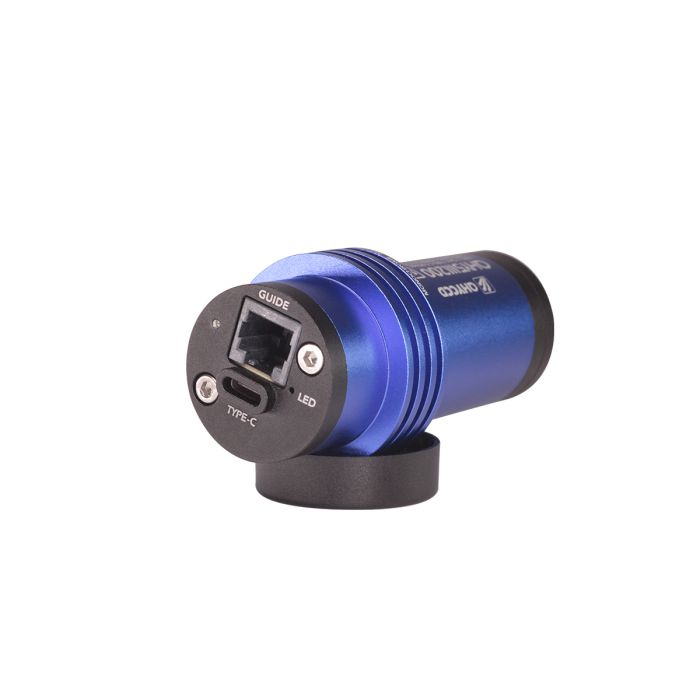
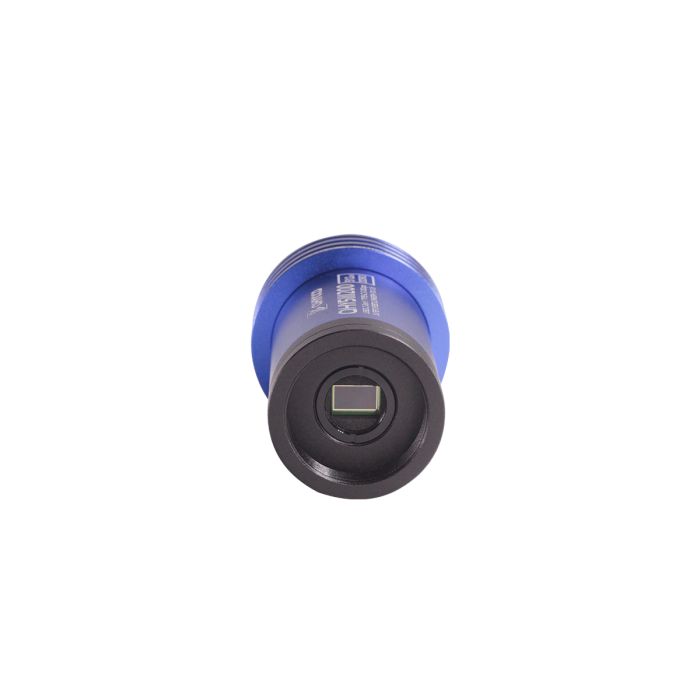
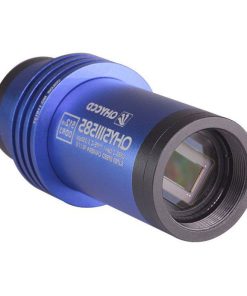
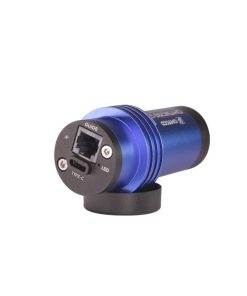
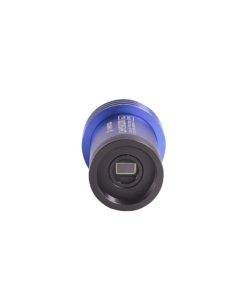
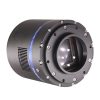
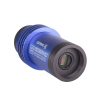
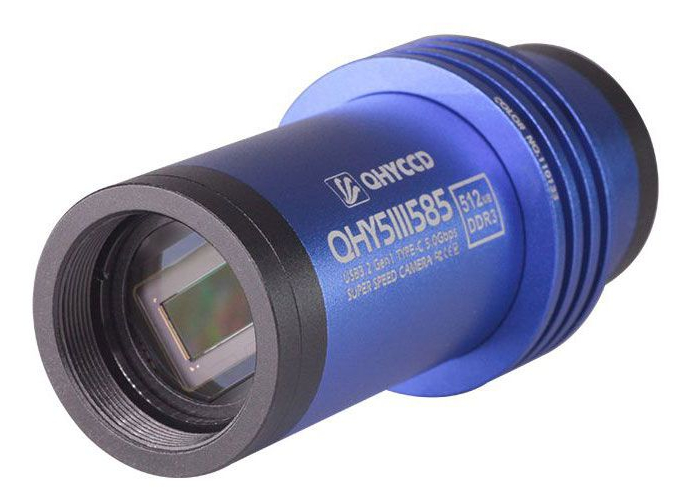
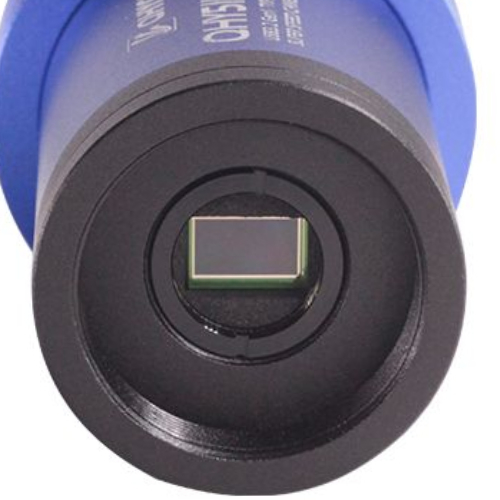
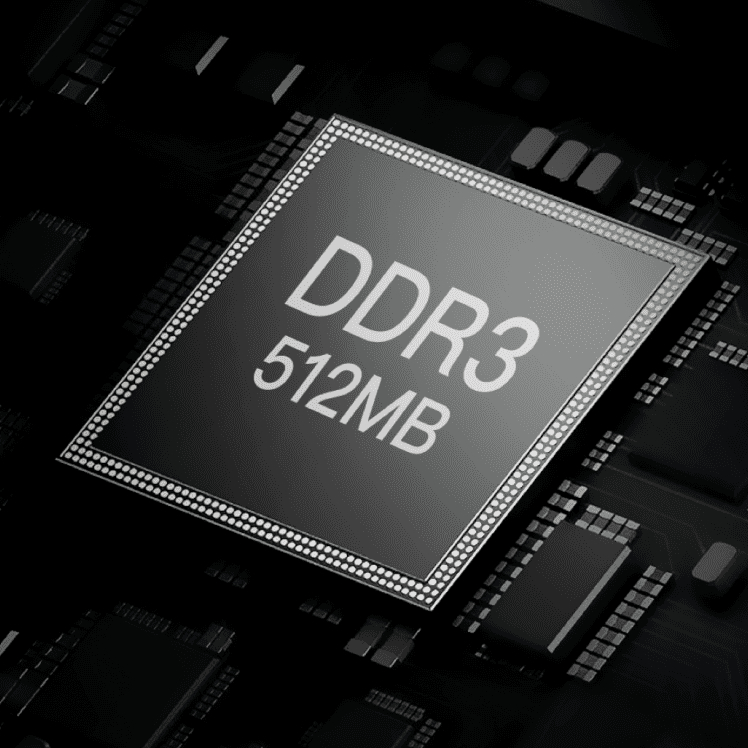
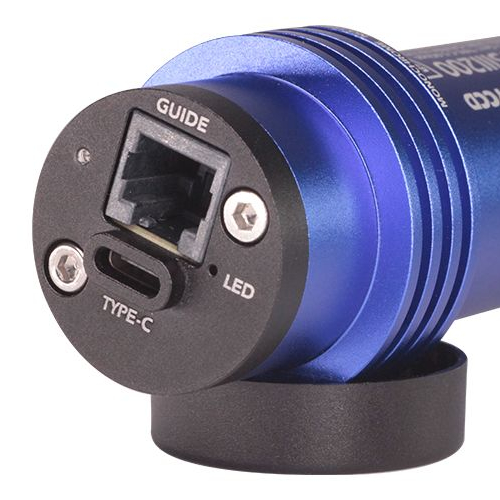
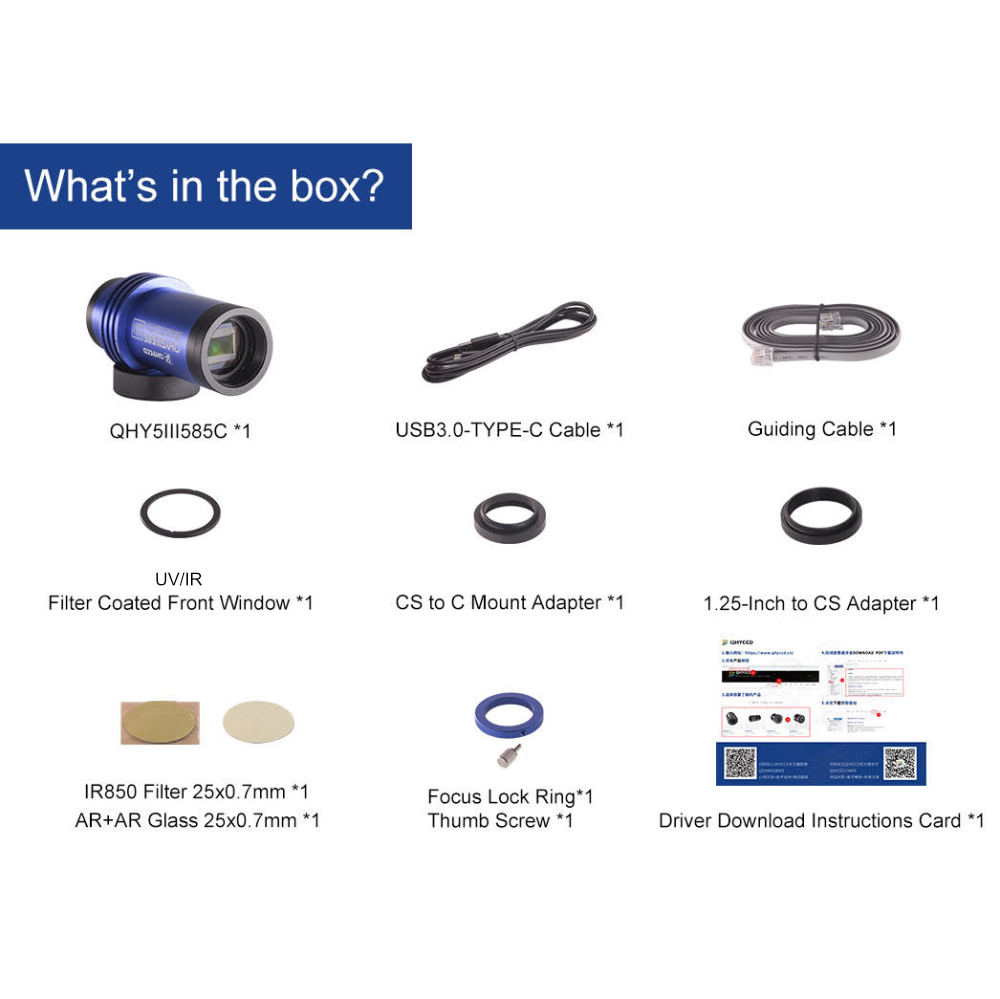

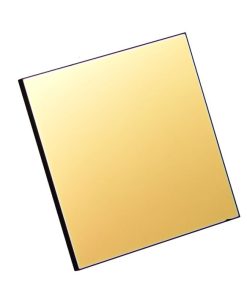
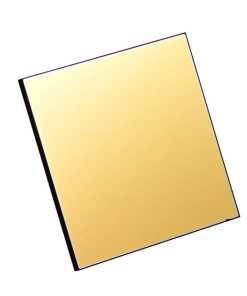
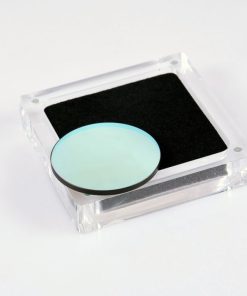
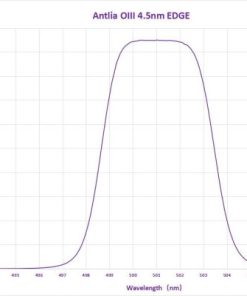
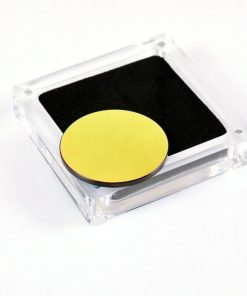
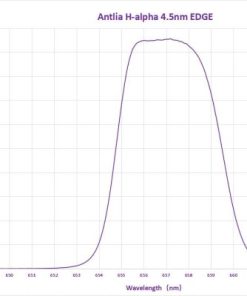
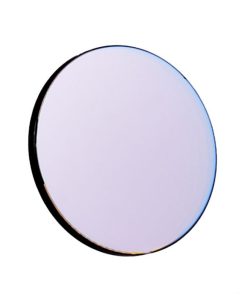
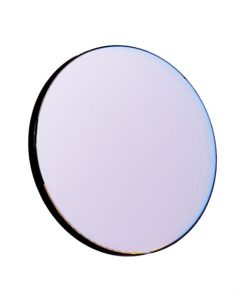
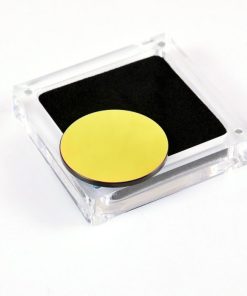
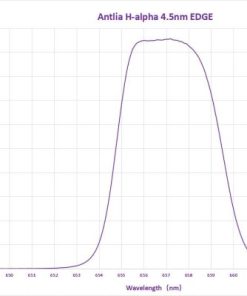
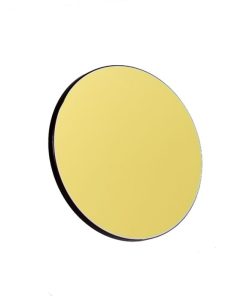
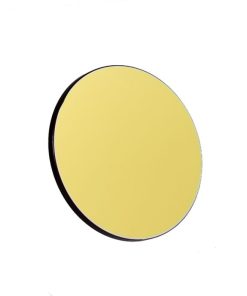
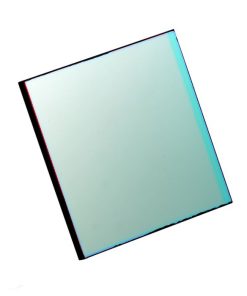
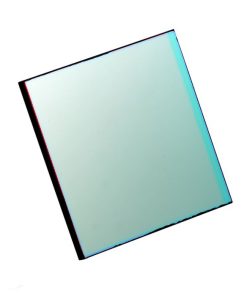
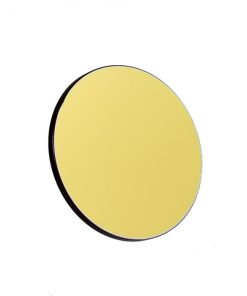
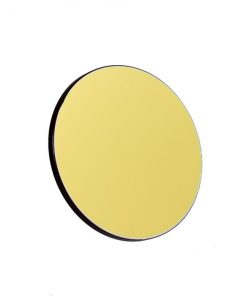
Bob H. Verified Buyer –
This is just my experience to date noting there are plenty of folks using it and having great results. Followed the instructions, including the YouTube video on how to get everything up and running, including loading drivers, firmware, software and so forth. Once that was accomplished, I plugged in the camera in and received a series of red flashe
s from the LED indicator. Cannot tell whether there are 6 or maybe 7 flashes as it happens too quick. I cannot find anything anywhere, including on the QHYCCD website that tells what the flashes mean, just that they can happen are indicative of issues. Moving on, I noticed it installed an older version of Sharpcap, but the QHY cameras only shows up there in the ASCOM section and the camera is not recognized. My model number does not show up. Moving to Firecapture, the camera does not show up there either. I went to both directories where the drivers were installed and the .dlls do show up in both Sharpcap and Firecapture so am at a loss with a help ticket submitted to QHY so will update once I have answers.